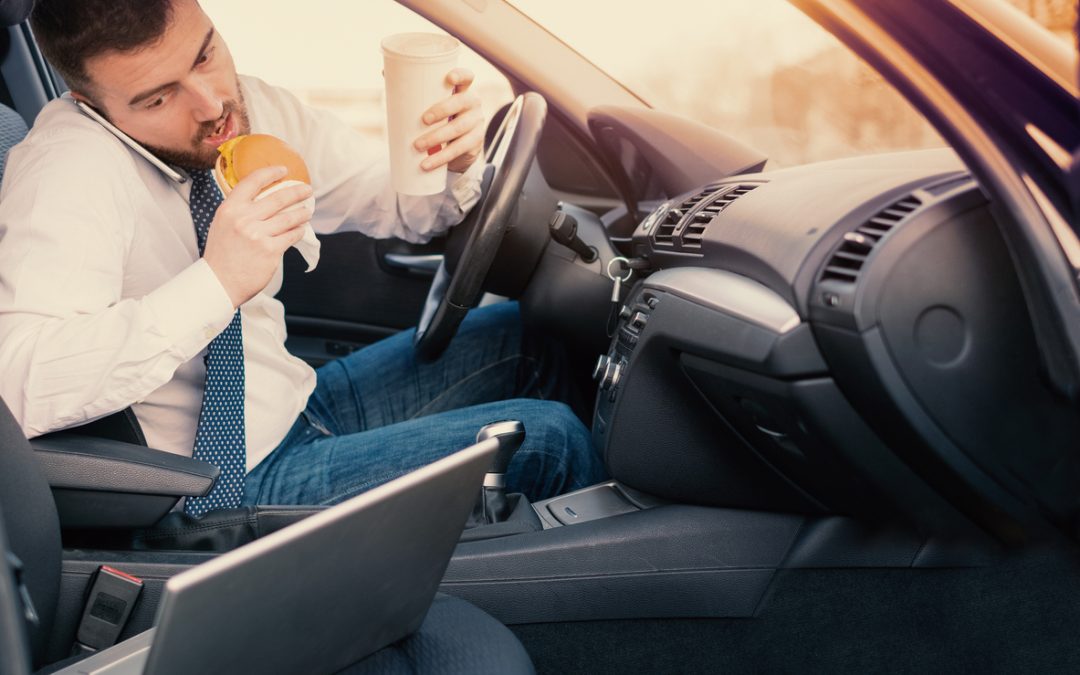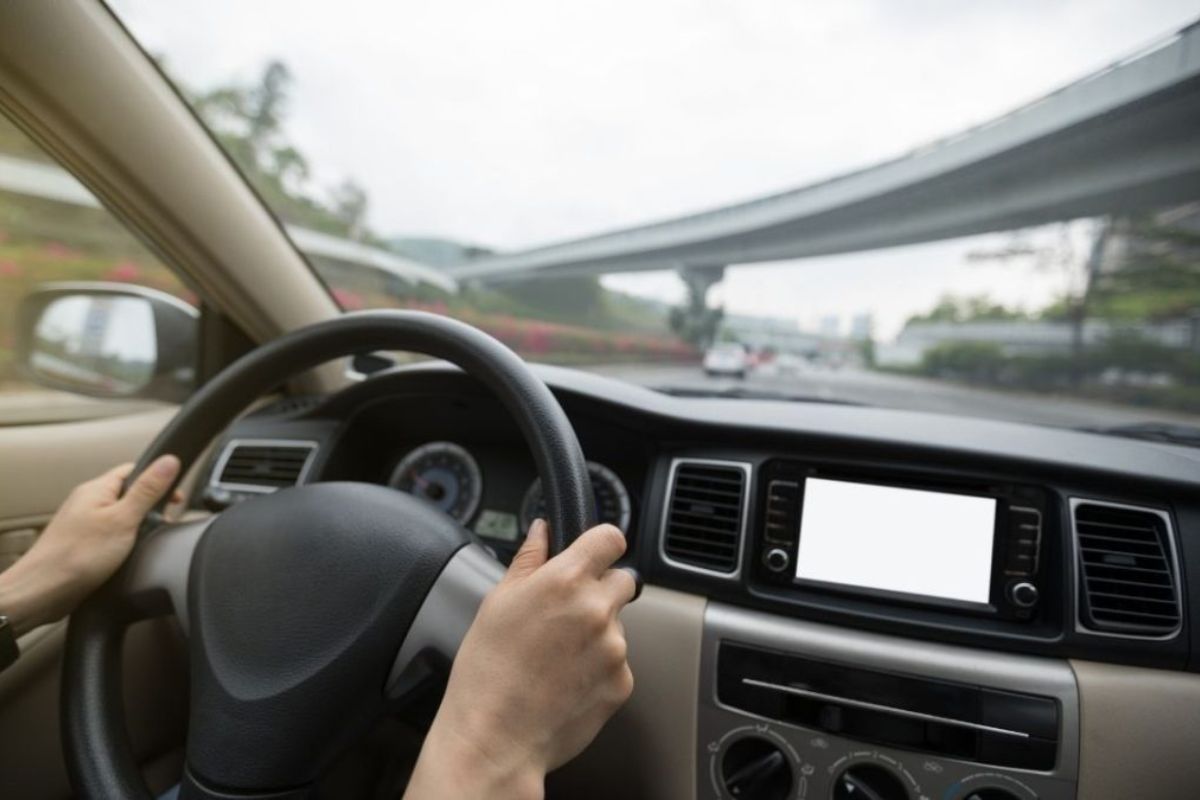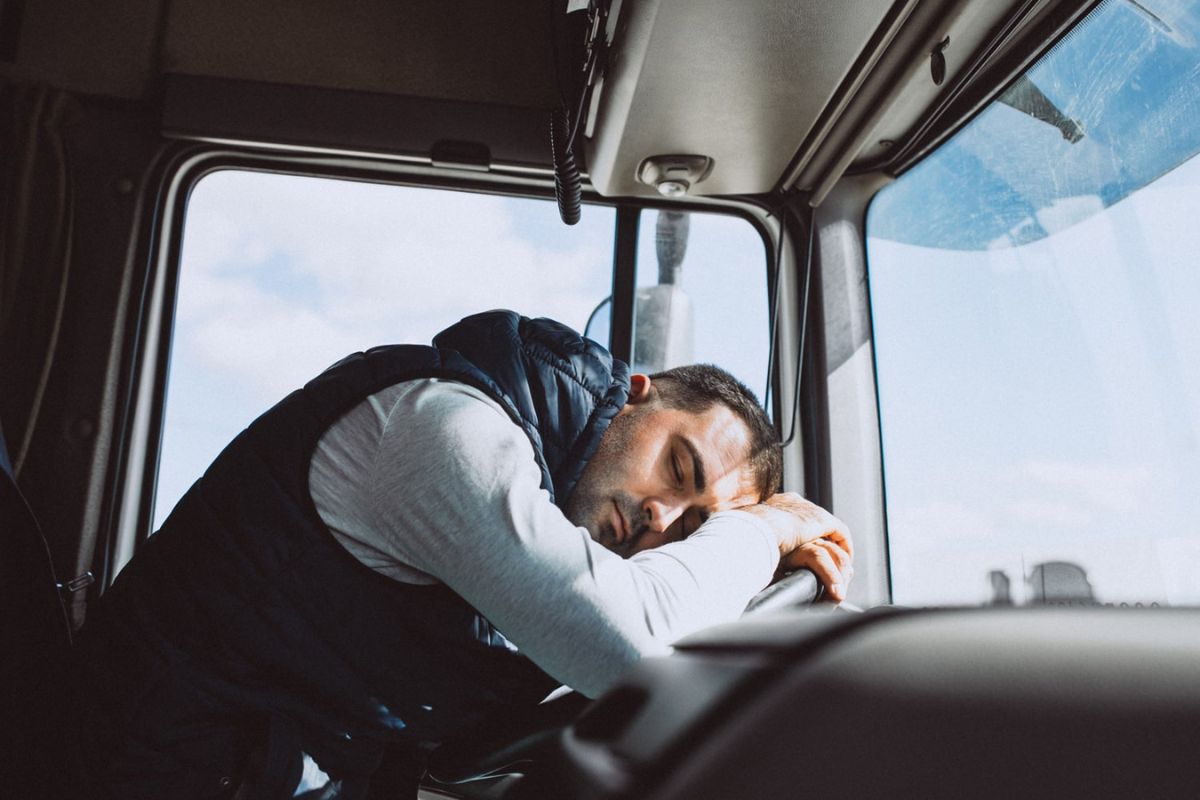Across the vast expanse of the United States, the allure of open roads and scenic landscapes beckons travelers to embark on exhilarating journeys. However, beneath the allure lies a hidden reality – certain states pose a significantly greater risk to motorists than others. Embark on a journey with us as we delve into the top 5 most dangerous states for driving, uncovering the factors that contribute to their perilous reputation.
Mississippi: Mississippi, nestled in the heart of the Deep South, reigns supreme as the most dangerous state for driving, with a staggering fatality rate of 26.2 deaths per 100,000 residents. This alarming statistic stems from a confluence of factors, including:
- High Prevalence of Uninsured Motorists: Mississippi has the highest rate of uninsured motorists in the nation, at 28.5%. This means that nearly one in three drivers on the road is uninsured, making it more likely that accidents will result in financial hardship for victims. The lack of insurance coverage also means that uninsured drivers are less likely to be held accountable for their actions, as they may not have the resources to pay for damages or injuries.
- Lack of Stringent Seat Belt Laws: Mississippi is one of only a few states that does not have a primary seat belt law, meaning that drivers are not required to buckle up unless they are pulled over for another infraction. This lack of enforcement contributes to a lower seat belt usage rate, which increases the risk of serious injury or death in an accident. A study by the National Highway Traffic Safety Administration found that seat belts can reduce the risk of fatal injury in car crashes by 45% for front-seat occupants and 60% for rear-seat occupants.
- Rural Landscape with High-Speed Roadways: Mississippi’s roadways are often characterized by long stretches of open road with high speed limits. This combination of factors can lead to speeding and inattention, increasing the risk of collisions. Speeding is a major factor in fatal crashes, as it reduces the amount of time drivers have to react to hazards and increases the severity of injuries when crashes do occur.
Wyoming: Wyoming, with its vast expanses of open plains and rugged terrain, presents a unique set of challenges for drivers. The state’s sparsely populated areas often lack adequate emergency services, making timely response to accidents a critical concern. Additionally, the prevalence of speeding and distracted driving further exacerbates the risk of collisions.
- Sparsely Populated Areas with Limited Emergency Services: Wyoming’s vastness and low population density can make it difficult for emergency responders to reach accident scenes quickly. This delay in response time can be life-or-death for those involved in accidents. A study by the National Safety Council found that the time it takes for emergency responders to arrive at an accident scene can be a critical factor in determining the outcome for those injured in the crash.
- Speeding and Distracted Driving: Wyoming has a high rate of speeding and distracted driving, both of which are major contributors to accidents. The state’s open roads and long stretches of highway can encourage speeding, and the prevalence of cellphone use among drivers contributes to distracted driving. A study by the National Highway Traffic Safety Administration found that using a handheld cell phone while driving is six times more likely to cause a crash than driving while not using a cell phone.
New Mexico: New Mexico, a state steeped in cultural diversity, also faces unique challenges on its roadways. The state’s high rate of alcohol-impaired driving, coupled with its prevalence of rural roads and limited access to emergency services, contributes to its perilous driving reputation.
- High Rate of Alcohol-Impaired Driving: New Mexico has a higher rate of alcohol-impaired driving than the national average. This is likely due to a combination of factors, including cultural norms and a lack of enforcement of drunk driving laws. A 2019 study by the National Highway Traffic Safety Administration found that New Mexico had the highest rate of alcohol-impaired driving fatalities in the country, with 42% of all traffic deaths in the state involving alcohol-impaired drivers.
- Rural Roads with Limited Emergency Services: New Mexico is home to a large number of rural roads, which often lack adequate signage and lighting. Additionally, emergency services may be slow to respond to accidents in rural areas, due to the long distances involved. A study by the Rural Transportation Resource Center found that response times for emergency services in rural areas can be up to 30 minutes longer than in urban areas.
Montana: Montana, renowned for its breathtaking landscapes and abundant wildlife, also harbors a hidden danger – its roadways. While the state’s vast expanses and natural beauty beckon travelers to explore, it’s crucial to acknowledge the elevated risks associated with driving in Montana.
- Rural Landscape and Long Stretches of Open Roads: Montana’s vastness is both a blessing and a challenge. The state’s long stretches of open roads, often with high speed limits, can lull drivers into a false sense of security, encouraging speeding and inattention. This combination of factors increases the risk of collisions, particularly those involving severe injuries or fatalities.
- Harsh Winters and Mountainous Terrain: Montana’s weather conditions can add an extra layer of complexity to driving. Winter storms and icy roads can significantly reduce visibility and impair traction, increasing the likelihood of accidents. Additionally, the state’s mountainous terrain can introduce challenges such as steep grades, narrow roads, and sharp curves, demanding extra caution from drivers.
- Prevalence of Speeding and Distracted Driving: Speeding and distracted driving are major contributors to accidents in Montana. The state’s open roads can encourage drivers to exceed speed limits, while the prevalence of cellphone use among motorists contributes to distracted driving. These behaviors can significantly reduce reaction times and increase the risk of collisions.
New Mexico: New Mexico, a land of diverse cultures and stunning landscapes, also faces unique challenges on its roadways. The state’s high rate of alcohol-impaired driving, coupled with its prevalence of rural roads and limited access to emergency services, contributes to its perilous driving reputation. Let’s delve deeper into the factors that make driving in New Mexico particularly hazardous.
- High Rate of Alcohol-Impaired Driving: New Mexico consistently ranks among the states with the highest rates of alcohol-impaired driving fatalities. This is likely due to a combination of cultural factors, such as a relaxed attitude towards alcohol consumption, and a lack of strict enforcement of drunk driving laws.
- Rural Roads and Limited Emergency Services: New Mexico’s vastness and low population density mean that a significant portion of its roadways are rural and remote. These areas often lack adequate signage, lighting, and emergency services, making timely response to accidents a critical concern. Delays in medical attention can have severe consequences for those involved in crashes.
- Speeding and Distracted Driving: Speeding and distracted driving are prevalent issues on New Mexico’s roads. The state’s open highways and long stretches of road can encourage speeding, while the use of cellphones and other distractions can divert drivers’ attention from the road.
- Harsh Weather Conditions: New Mexico’s weather can pose additional challenges to drivers. Extreme heat, snowstorms, and icy roads can significantly reduce visibility and impair traction, increasing the risk of accidents. Drivers need to be prepared for sudden changes in weather conditions and adjust their driving accordingly.
As we navigate through the challenges presented by the roadways of these states, it is crucial to recognize the importance of prioritizing safety behind the wheel. Whether facing the high prevalence of uninsured motorists, vast rural landscapes, or the dangers of alcohol-impaired driving, drivers can take proactive measures to enhance safety. Buckling up, adhering to speed limits, avoiding distractions, and staying vigilant in adverse weather conditions are not just recommendations but essential practices for every journey. By adopting a safety-first mindset, we can collectively contribute to making our roads safer and ensuring that the allure of open roads and scenic landscapes remains a source of joy rather than peril. Safe travels to all.




